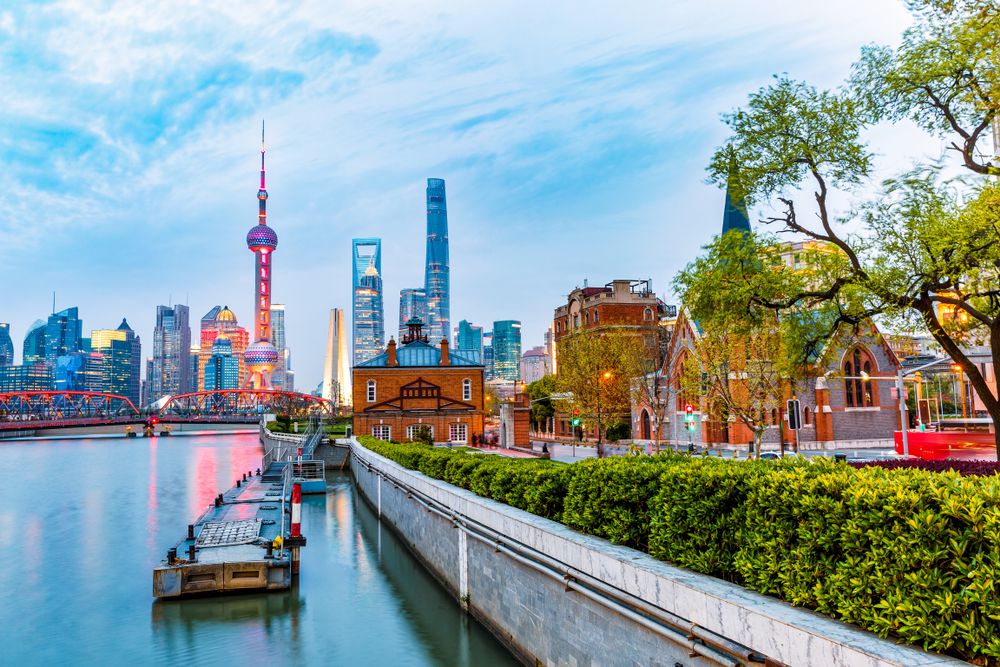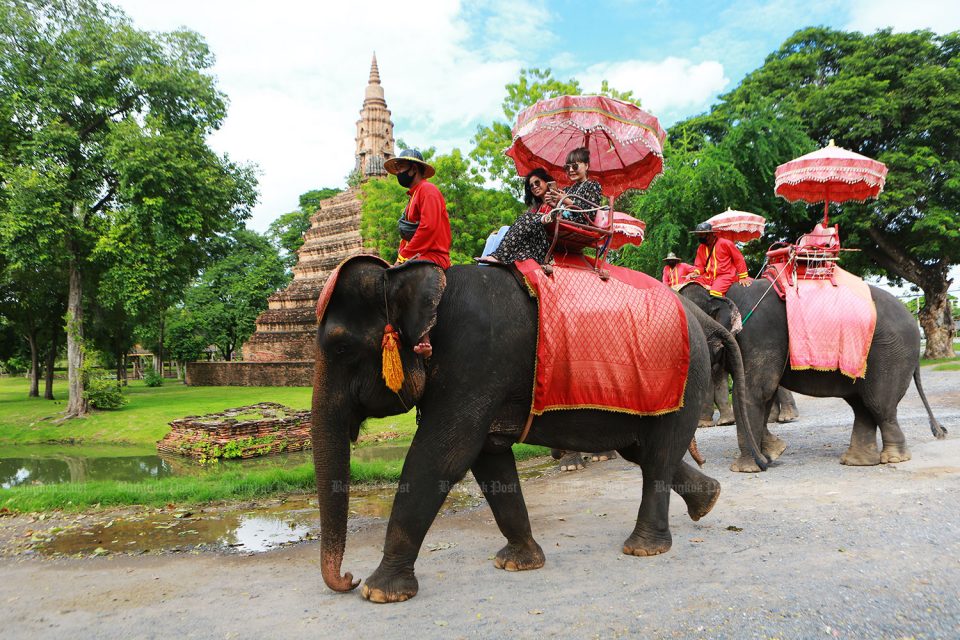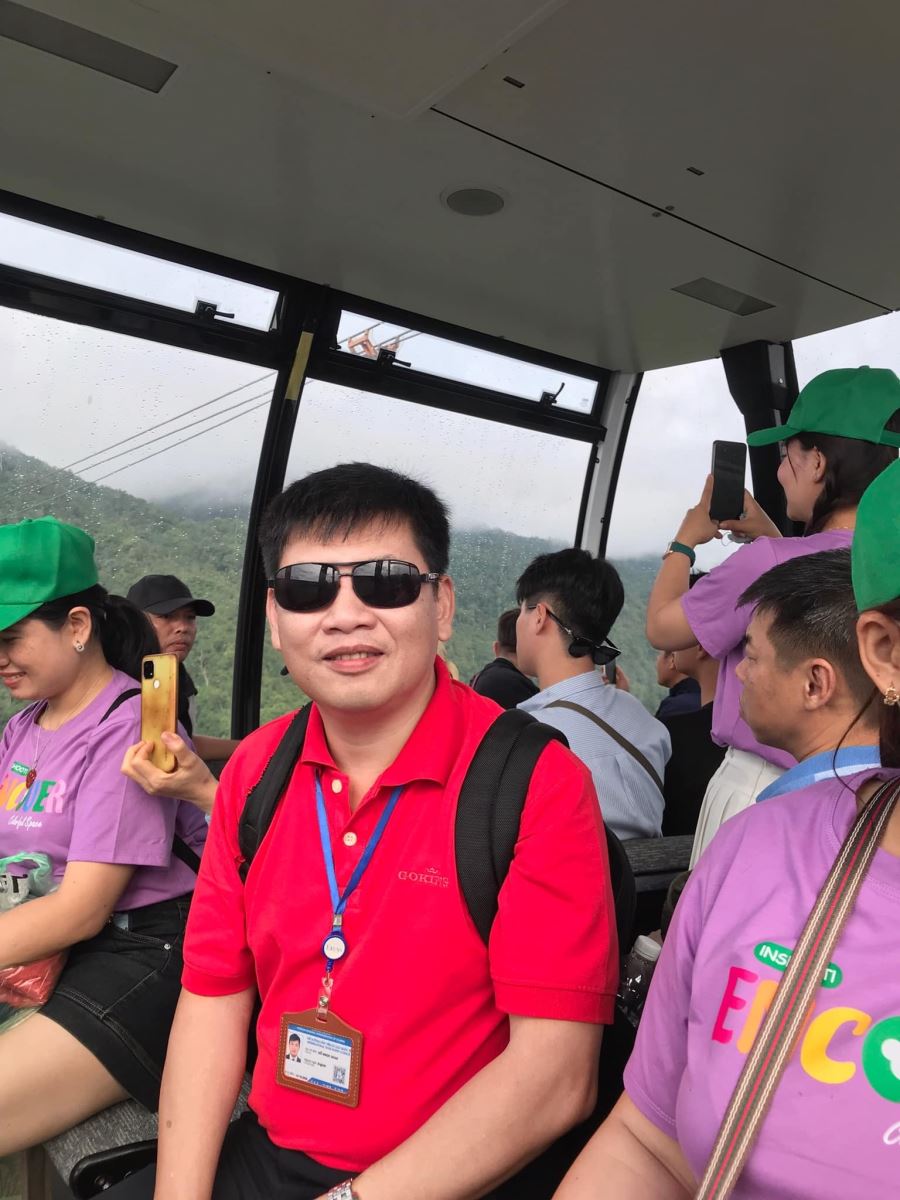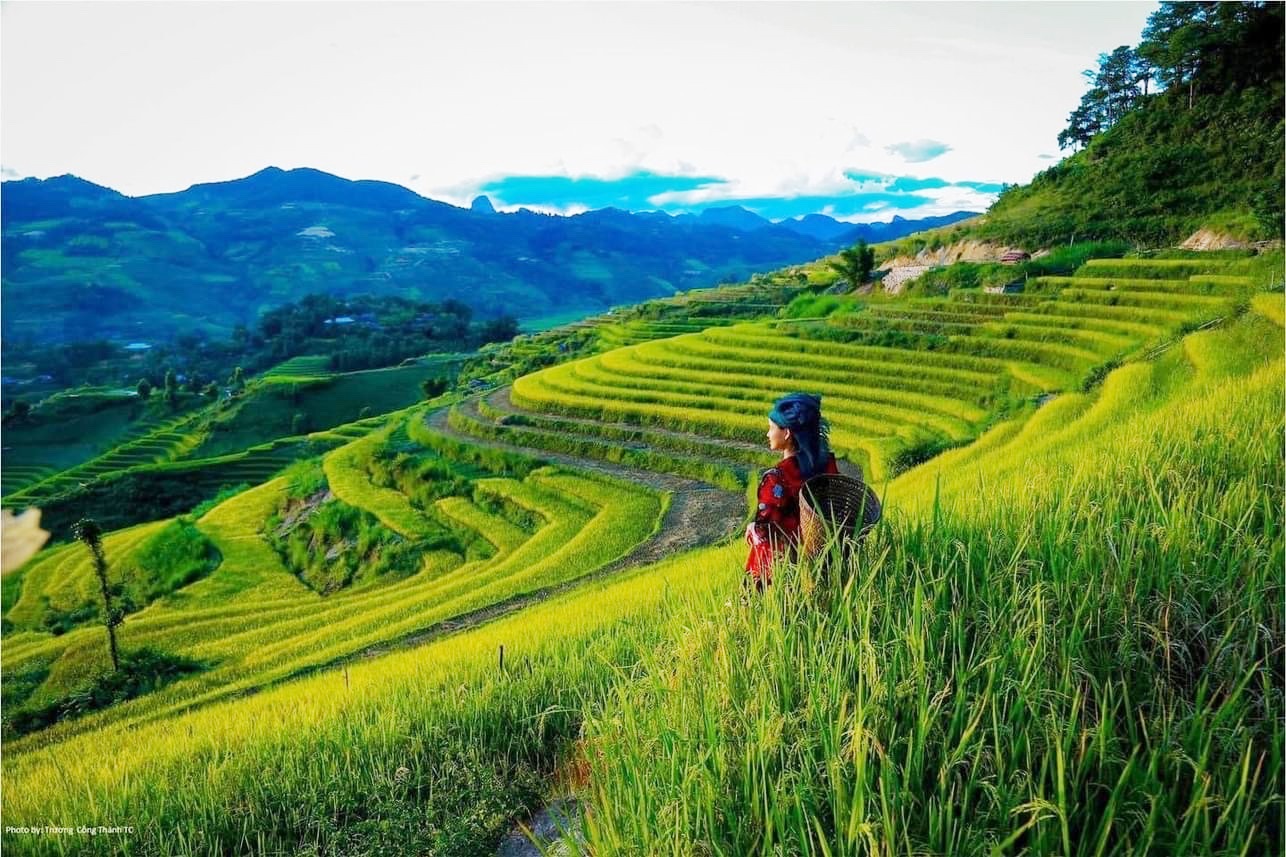Tìm kiếm
Các Tour Mới
ENSSENTIAL INFORMATION FOR YOUR VISIT TO DIEN BIEN PHU, VIETNAM
𝗘𝗡𝗦𝗦𝗘𝗡𝗧𝗜𝗔𝗟 𝗜𝗡𝗙𝗢𝗥𝗠𝗔𝗧𝗜𝗢𝗡 𝗙𝗢𝗥 𝗬𝗢𝗨𝗥 𝗩𝗜𝗦𝗜𝗧 𝗧𝗢 𝗗𝗜𝗘𝗡 𝗕𝗜𝗘𝗡 𝗣𝗛𝗨, 𝗩𝗜𝗘𝗧𝗡𝗔𝗠
.jpg)
𝗪𝗛𝗔𝗧 𝗠𝗔𝗞𝗘𝗦 𝗗𝗜𝗘𝗡 𝗕𝗜𝗘𝗡 𝗔𝗧𝗧𝗥𝗔𝗖𝗧𝗜𝗩𝗘?
Dien Bien is a province located in the Northwest region of Vietnam. It shares borders with Lai Chau to the northeast, Son La to the southeast, China to the northwest, and Phongsaly province in Laos to the west.
Dien Bien Province is renowned for its stunning natural landscapes characterized by majestic mountains, verdant valleys, and winding rivers. The province’s topography is predominantly hilly and mountainous, contributing to its breathtaking scenery and diverse ecosystems.
The province is home to a diverse range of 19 ethnic minorities. These communities maintain their traditional customs and practices, which are integral to the cultural identity of each group. Visitors can experience local festivals and sample unique cuisines that reflect this rich heritage.
In terms of historical events, Dien Bien is most renowned for the Battle of Dien Bien Phu during the First Indochina War against French colonial forces. This decisive battle took place from March 13 to May 7, 1954, leading to significant changes in Vietnam’s political landscape and contributing to the end of French colonial rule in Indochina.
𝗪𝗛𝗔𝗧 𝗜𝗦 𝗧𝗛𝗘 𝗕𝗘𝗦𝗧 𝗧𝗜𝗠𝗘 𝗧𝗢 𝗧𝗥𝗔𝗩𝗘𝗟 𝗧𝗢 𝗗𝗜𝗘𝗡 𝗕𝗜𝗘𝗡?
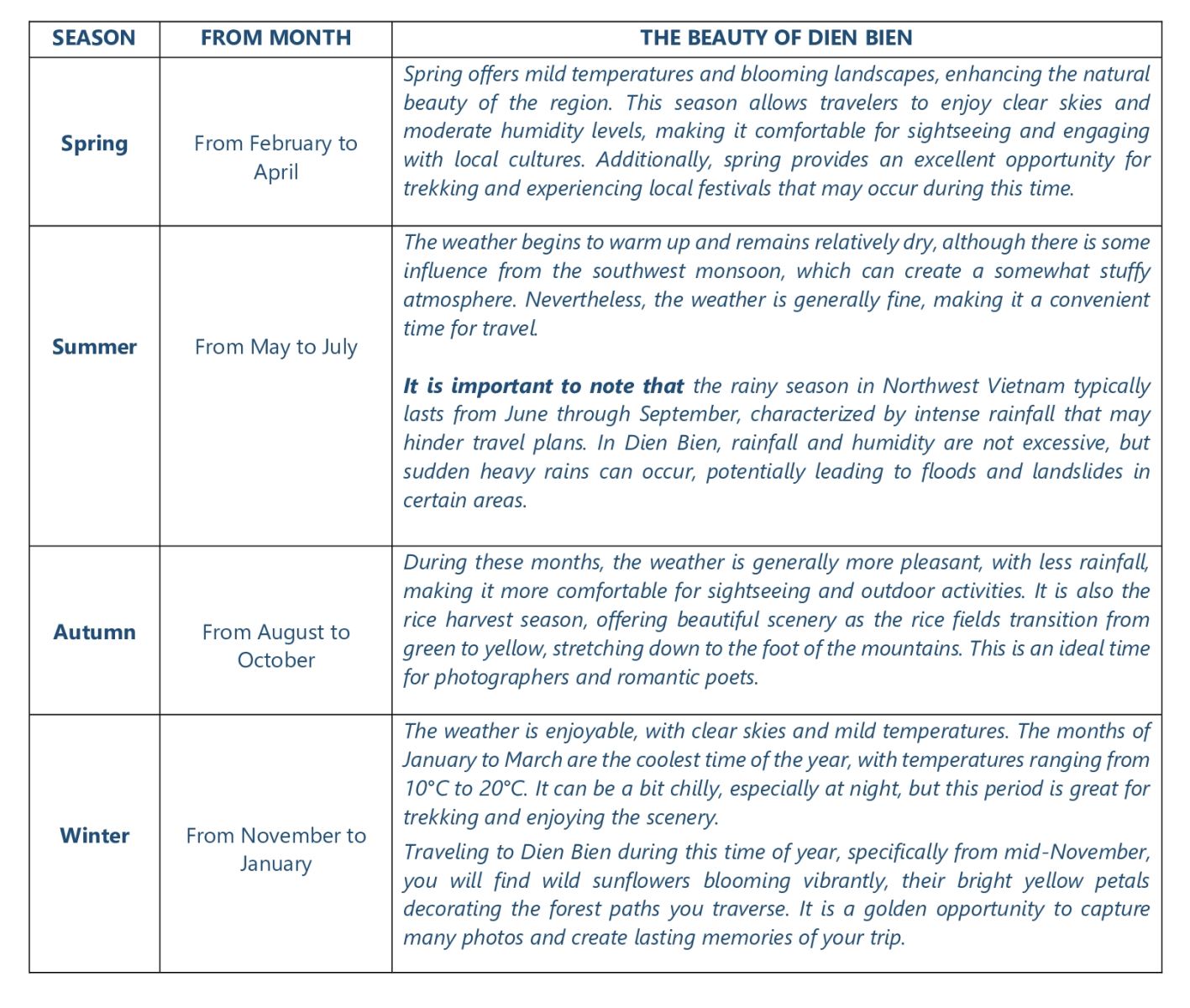
𝗪𝗛𝗔𝗧 𝗜𝗦 𝗜𝗡𝗧𝗘𝗥𝗘𝗦𝗧𝗜𝗡𝗚 𝗧𝗢 𝗦𝗘𝗘 𝗔𝗡𝗗 𝗗𝗢 𝗜𝗡 𝗗𝗜𝗘𝗡 𝗕𝗜𝗘𝗡?
Dien Bien, a province in northwestern Vietnam, is rich in history, culture, and natural beauty. Here are some of the most interesting attractions and activities to explore:
1. Historical Remnants of the Battle of Dien Bien Phu
The site of the historic victory over French colonial forces on May 7, 1954, Dien Bien Phu, is home to numerous remnants from this pivotal battle. Visitors can explore various sectors that showcase the highlights of the campaign. Key locations include A1 Hill (Eliane 2), where fierce fighting took place, and the A1 Cemetery, which honors many unknown Viet Minh soldiers who fell in battle. Furthermore, many vestiges of war still exist in the Muong Thanh Valley, such as the De Castries - PC GONO bunker, artillery fields, destroyed tanks, and the historic wooden bridge, among others.
Dien Bien, a province in northwestern Vietnam, is rich in history, culture, and natural beauty. Here are some of the most interesting attractions and activities to explore:
1. Historical Remnants of the Battle of Dien Bien Phu
The site of the historic victory over French colonial forces on May 7, 1954, Dien Bien Phu, is home to numerous remnants from this pivotal battle. Visitors can explore various sectors that showcase the highlights of the campaign. Key locations include A1 Hill (Eliane 2), where fierce fighting took place, and the A1 Cemetery, which honors many unknown Viet Minh soldiers who fell in battle. Furthermore, many vestiges of war still exist in the Muong Thanh Valley, such as the De Castries - PC GONO bunker, artillery fields, destroyed tanks, and the historic wooden bridge, among others.

2. Dien Bien Phu Victory Museum
This museum was established to commemorate the battle and features a collection of artifacts, photographs, and exhibits detailing the events leading up to and during the battle. It provides valuable insights into both Vietnamese resistances against colonialism and the broader implications of the battle for global politics.
Inside the museum, there are nearly 1,000 documents, artifacts, photographs, and maps associated with Viet Nam’s historic victory. The centerpiece of the museum is a massive panoramic painting that depicts 4,500 characters, showing the army as a whole marching into battle, the initial fighting at Him Lam Hill, the battle on Hill A1, and the eventual victory day, illustrating the battlefield of Dien Bien Phu alongside the progress of the campaign from late 1953 to the victory on May 7, 1954. To create this amazing panorama, about 200 artists, architects, musicians, and technicians worked on it. Visitors can fully immerse themselves in the historical mood of this heroic victory while viewing the artwork.

3. Viet Minh headquarter
Located in an area named Muong Phang, which is 26 km from Dien Bien Phu city, the atmosphere here is cool and filled of fresh air. It has now become a destination for those who want to see the vestiges of the battlefield. Walk through the thick forest leads you to the site where the Command Headquarters of the Viet Nam People's Army was located during the Battle of Dien Bien Phu, as well as the place where General Vo Nguyen Giap, his staff, and Chinese military advisors left numerous marks on the land; these are notable places for visitors to witness the stories behind the famous battle in 1954.
.jpg)
4. Muong Thanh Valley
Known for its stunning landscapes, Muong Thanh Valley is one of Vietnam’s largest valleys, located near the border with Laos. The valley is surrounded by majestic mountain ranges and is home to several ethnic groups, primarily the Kinh, Thai, and Mong minorities. It is characterized by beautiful rice fields that change with each season, making it a picturesque spot for photography and relaxation.
.jpg)
5. Pa Khoang Lake
Pa Khoang Lake, located 15 kilometers from Dien Bien Phu city, is the largest reservoir in the area. It is an artificial lake created and controlled by a dam constructed across a valley, used for irrigating the entire Muong Thanh rice fields. Nestled among majestic natural surroundings, it boasts a refreshing climate and abundant lush vegetation. The lake offers opportunities for boating and enjoying nature. Here, visitors can find many things to explore and relax amid the scenery. Additionally, they can experience local homestays and interact with ethnic groups such as the Thai and Kh’Mu people who live in nearby villages.

6. Pha Din Pass
Pha Din Pass - Frontier between “Heaven and Earth”. Its name relates to a story of Thai minority.
It is being as one of the four great mountain passes of Vietnam, this is where history and nature converge, making it a quintessential stop for any traveler seeking the essence of Vietnam's captivating landscapes.
- The old pass (history road): Stretching 32 km, it reaches a peak altitude of 1,648m above sea level. There are many perilous turns, narrow pathways, and sections that are only fit for a single vehicle at a time. Its scenery more beautiful than the new pass.
- The new pass: Constructed along the left mountainside of the old National Road 6, this 26-km stretch boasts wider turns, lower slopes, and a road surface nearly twice as wide as that of the old pass.
During wartime, Pha Din Pass holds an important and heroic place in history. Passing through Pha Din Pass to reach Dien Bien evokes memories of the courage of Vietnamese soldiers at Dien Bien Phu in the past.
Pha Din Pass was part of the supply route for ammunition and food to the Dien Bien Phu battlefield. It was where 8,000 young volunteers, militias, and workers carried ammunition and rice up the mountain every day. It was also the route through which ground forces and artillerymen marched to the Dien Bien Phu battlefront.
This scenic mountain pass is renowned for its breathtaking views and challenging terrain. It is an excellent destination for adventurous travelers looking to hike or drive through stunning landscapes.
Pha Din Pass was part of the supply route for ammunition and food to the Dien Bien Phu battlefield. It was where 8,000 young volunteers, militias, and workers carried ammunition and rice up the mountain every day. It was also the route through which ground forces and artillerymen marched to the Dien Bien Phu battlefront.
This scenic mountain pass is renowned for its breathtaking views and challenging terrain. It is an excellent destination for adventurous travelers looking to hike or drive through stunning landscapes.

7. Ethnic Villages
Dien Bien is home to 19 ethnic groups, each with its own unique features in language, customs, and culture, creating a colorful picture of the region.
The festivals also provide an opportunity for local ethnic minority groups to meet, exchange ideas, and introduce their traditional cultural values, honoring, preserving, and promoting their cultural identities. They serve as an engaging platform for local people and visitors, as well as a means to highlight tourism development potential and strengthen the great national unity bloc.
Visiting these villages allows travelers to experience traditional customs, way of life, and cultivation practices, along with the warm hospitality of local residents. Notably, the culinary culture of the northern mountains includes the distinctive flavors of ethnic minorities living in the northwestern mountain and forest region, particularly the Thai people.

8. Trekking Opportunities
The mountainous terrain surrounding Dien Bien offers ample opportunities for trekking enthusiasts to explore remote areas while enjoying stunning natural landscapes. It is also an ideal setting for outdoor activities and cultural experiences through local ethnic villages, providing a chance to conquer the heights of the mountains in Dien Bien Province.
9. The traditional ethnic markets
The markets take place every Saturday and Sunday, with additional markets occurring on animal days. These markets provide a gathering place for locals to meet and exchange goods. Tourists can witness a variety of ethnic groups from the surrounding mountainous areas coming together. Many booths display local agricultural products, with handmade brocade items being the most popular. All fruits and vegetables are grown by local ethnic people, and they are extremely popular among buyers.
Visiting local markets offers a glimpse into daily life in Dien Bien, as well as an opportunity to purchase handmade crafts and sample regional delicacies.
.jpg)
10. A PA CHAI –The Westernost point of Vietnam
A Pa Chai is a picturesque location situated in the northern part of Vietnam, known for its stunning natural landscapes and cultural diversity. Visitors to A Pa Chai can enjoy breathtaking views, unique experiences with local ethnic communities, and an opportunity to explore the beautiful terrain at the border of Vietnam, Laos, and China.
For more information, please visit here
A Pa Chai is a picturesque location situated in the northern part of Vietnam, known for its stunning natural landscapes and cultural diversity. Visitors to A Pa Chai can enjoy breathtaking views, unique experiences with local ethnic communities, and an opportunity to explore the beautiful terrain at the border of Vietnam, Laos, and China.
For more information, please visit here
.jpg)
11. TUA CHUA - A new destination to explore (an impressive location worth visiting)
Tua Chua is a rural district located in the northwestern mountainous province of Dien Bien, Vietnam. The district capital is also named Tua Chua. This region is characterized by its stunning natural landscapes, including the Trung Thu pine forest, ancient tea trees in Sin Chai, the Ta Si Lang mountain ebony forests, and the ancient rocky plateau of Ta Phin. Additionally, Tua Chua also features a diverse system of terraced fields and pristine caves, making it an attractive destination for adventure tourism.
For further information, please find it here
.jpg)
------------------------
𝗛𝗼𝗮𝗻𝗴 𝗡𝗮𝗺 𝗜𝗻𝘁𝗲𝗿𝗻𝗮𝘁𝗶𝗼𝗻𝗮𝗹 𝗧𝗿𝗮𝘃𝗲𝗹 𝗖𝗼𝗺𝗽𝗮𝗻𝘆 - 𝗣𝗮𝘀𝘀𝗶𝗼𝗻 𝗶𝗻 𝗲𝘃𝗲𝗿𝘆 𝗷𝗼𝘂𝗿𝗻𝗲𝘆.
28 Sep, 2024 - By Do Ngoc Hoan
28 Sep, 2024 - By Do Ngoc Hoan
BÀI VIẾT CÙNG CHỦ ĐỀ
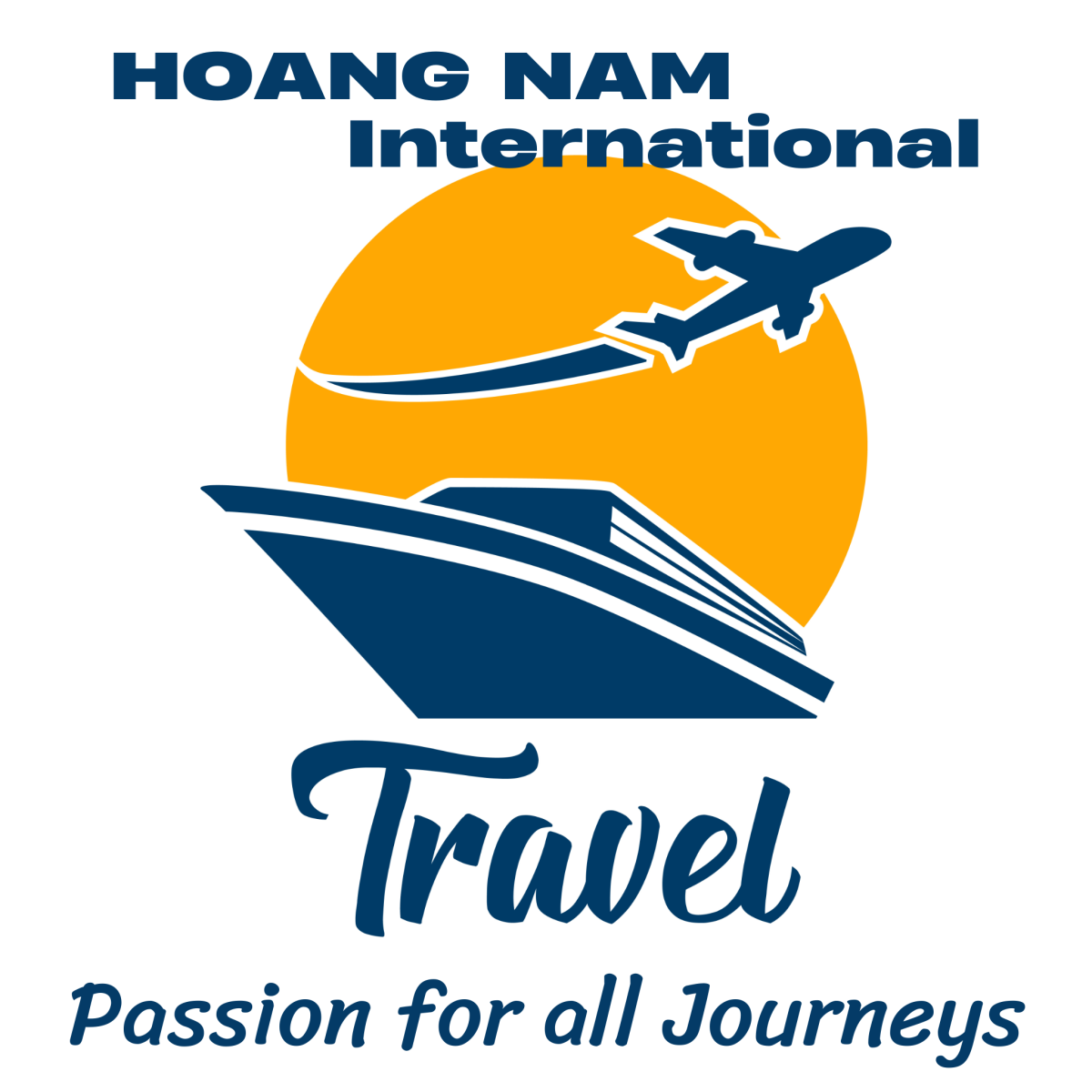


.jpg)
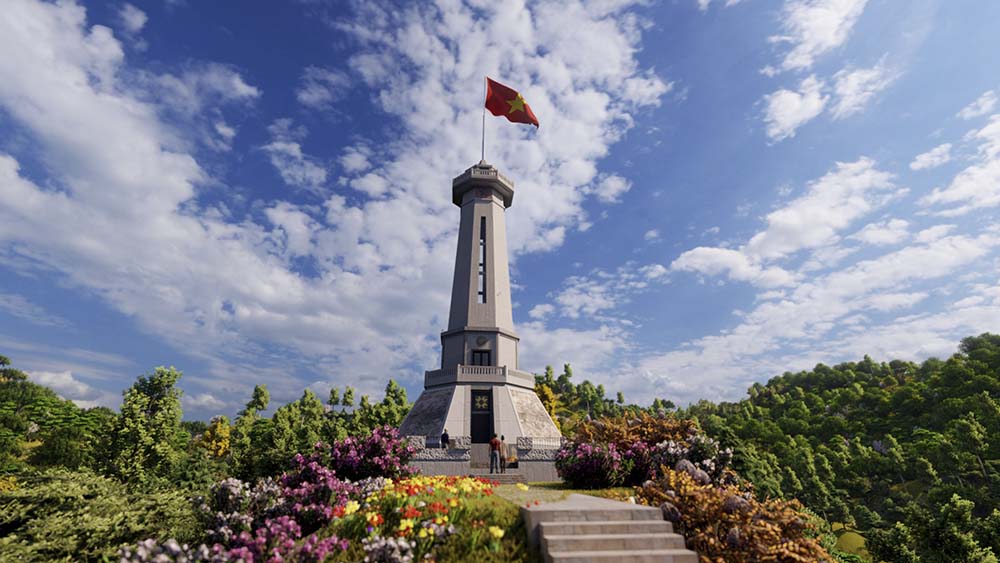
.jpg)
